One important fact of life that I have learned is that patience is a virtue. I have learned this to be true in many aspects of life! Although we live in a society that wants and needs instant gratification something’s are worth waiting for. Like honey! You can’t rush “Mother Nature”. In a few weeks I will have some beautiful honey, but right now the bees are using it to feed the brood nest. I still consider every drop to be a gift.
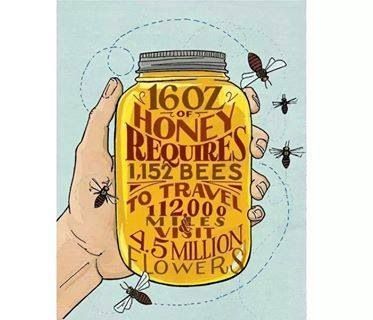 | 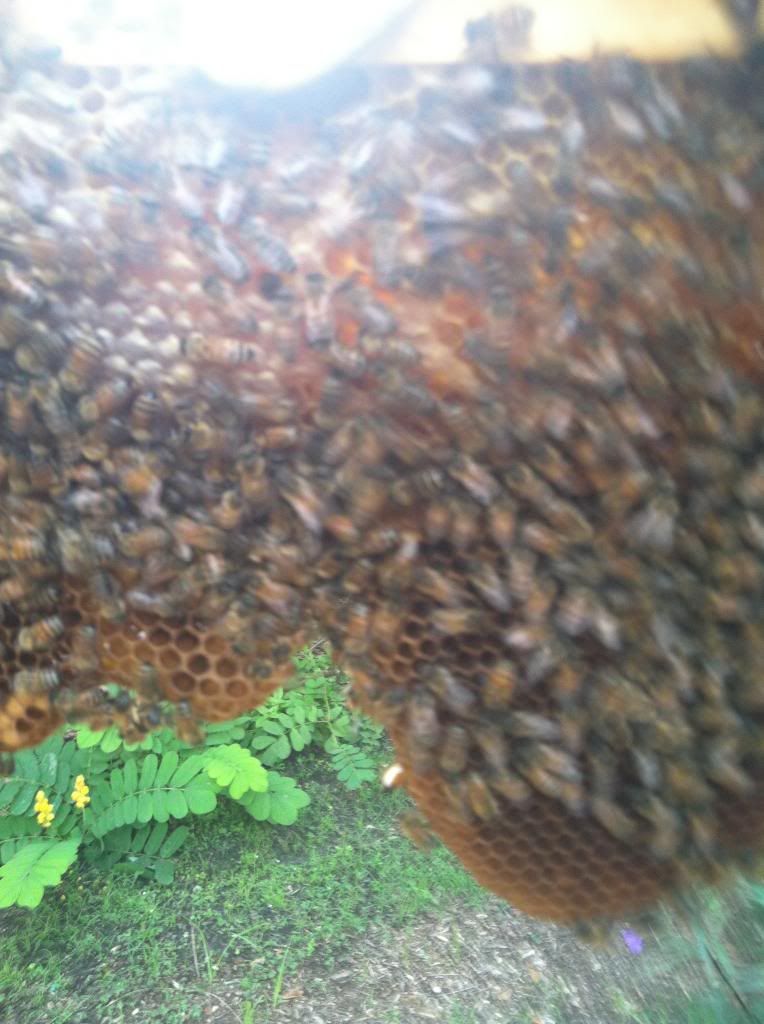 |
I saw a great picture on Facebook the other day. I saved it to my photo stream, because I thought it was a great explanation, in diagram form, to show you exactly what TBH beekeeping looks like. I am so glad that I practice TBH beekeeping. I think it is a more natural way to keep bees. I have talked about this several times. I hope from this picture you have a better understanding of what TBH beekeeping is all about.
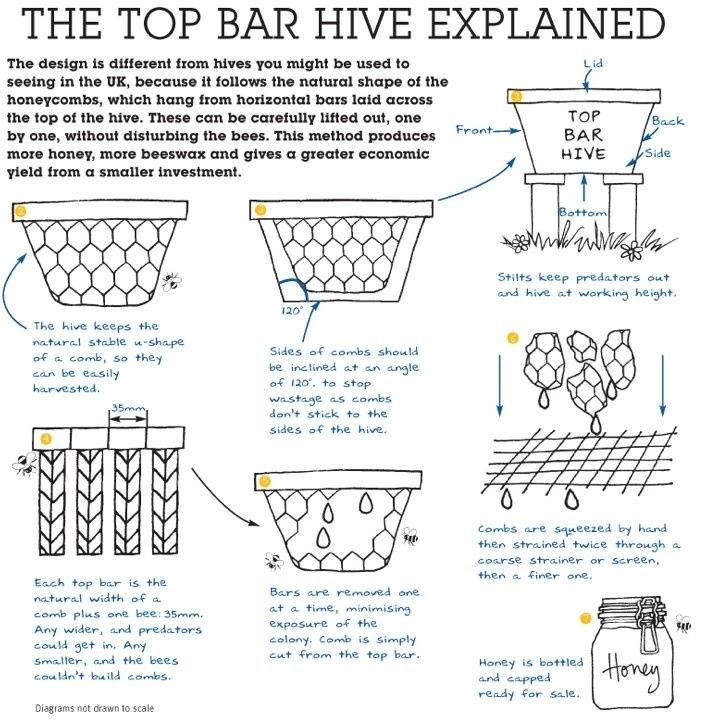 |
My hives are strong and the bees are happy, but still more aggressive than I would like them to be. I need to decide what I am going to do about requeening them. I almost got through all 5 hives on Sunday without a sting. The bees are pretty aggressive and try to sting me through the suit. There was a stinger that was still stuck on the sleeve of my bee suit and it managed to sting me without the bee attached. After a honey bee stings its stinger continues to pulsate and release venom. I did not have much of a reaction. Thank goodness for my allergy shots, they seem to be working. After I finished working the hives a few bees followed me back to the house, before I enter I get the “All Clear” from my husband. He makes sure there are no bees following me inside. I had to go back outside for a second, and as soon as I opened the back door a random bee dive bombed my head and tried to sting me. It took me a few minutes to get the determined bee out of my hair. Why do my bees hate me?? I am really starting to get a complex! I am sure it was quite the scene to see me trying to get the bee out of my hair before she stung me. I had to go inside to the bathroom mirror to find her. Poor girl unfortunately she succumbed to her death after attempting to sting me.
Since I am starting to sell my honey I just wanted to highlight some of the benefits and properties of honey, and the importance of buying and supporting beekeepers. Here is a very interesting article on honey. I had a friend ask me recently how long honey will last, and does my honey taste differently than the honey in the grocery store. I am attaching a good article from “We come from the Future” “Why Honey is the only food that doesn’t go bad.” The article explains that honey is magic and has some pretty incredible properties. I am not sure that honey is magic; I think the bees are the ones performing the magic. I hope you find the article interesting. It gives a pretty good explanation of how the bees make honey. The oldest honey ever found dates back over 5,000 years. It has been said that honey was found in one of the Egyptian tombs and was still good. Why do you think that is… read the article and find out?
http://io9.com/why-honey-is-the-only-food-that-doesnt-go-bad-1225915466
I am also attaching an article about how most honey from the grocery store is not actually honey. All the properties and benefits have been processed out of the honey. After you read this article you will never want to eat store bought honey again. My honey is a beautiful dark amber color and has a very strong taste. I have had the opportunity to taste honey from different parts of the country and they are amazingly different. Some are so light in color and others are very dark like molasses. I often go to “Robert is Here”, a fruit stand here in Homestead, Florida. His fruit stand was established in 1959. http://www.robertishere.com/ He has different honeys from all different plants grown in Florida and they all taste completely different from each other. I can tell you after having real honey what we get at the grocery store is not honey. Support your farmers and beekeepers, and buy local.
http://www.trueactivist.com/most-honey-from-grocery-stores-is-not-actually-honey/
Here are a couple of pictures of bees and honey that I really like. I collect different pictures that I save to use as my labels for my Mead. Love these!
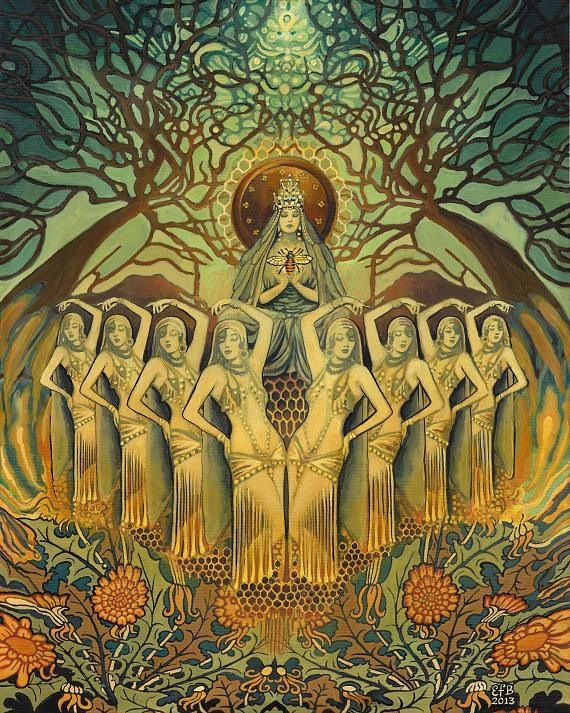 | 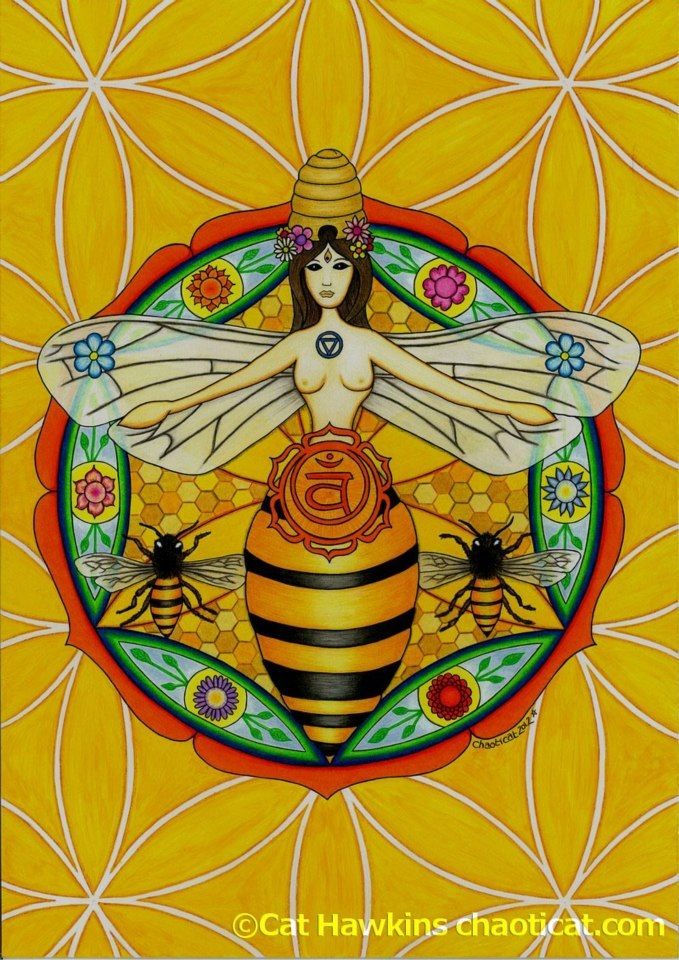 |
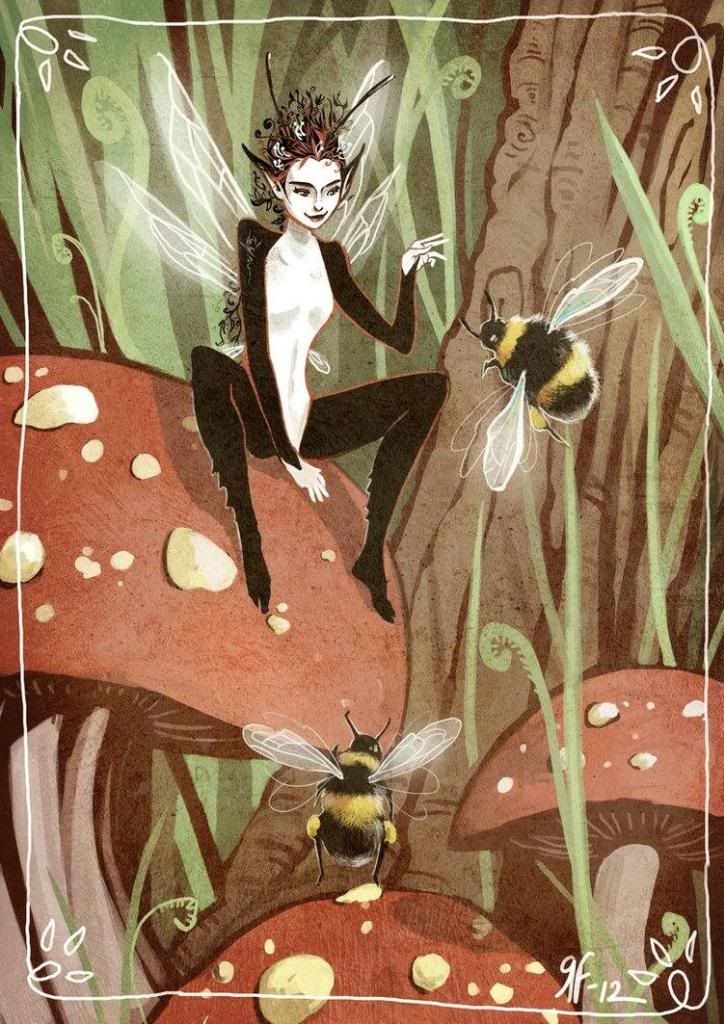 | 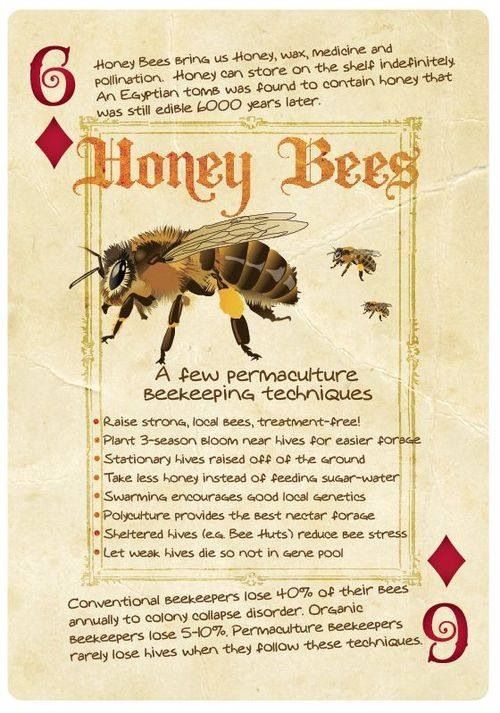 |
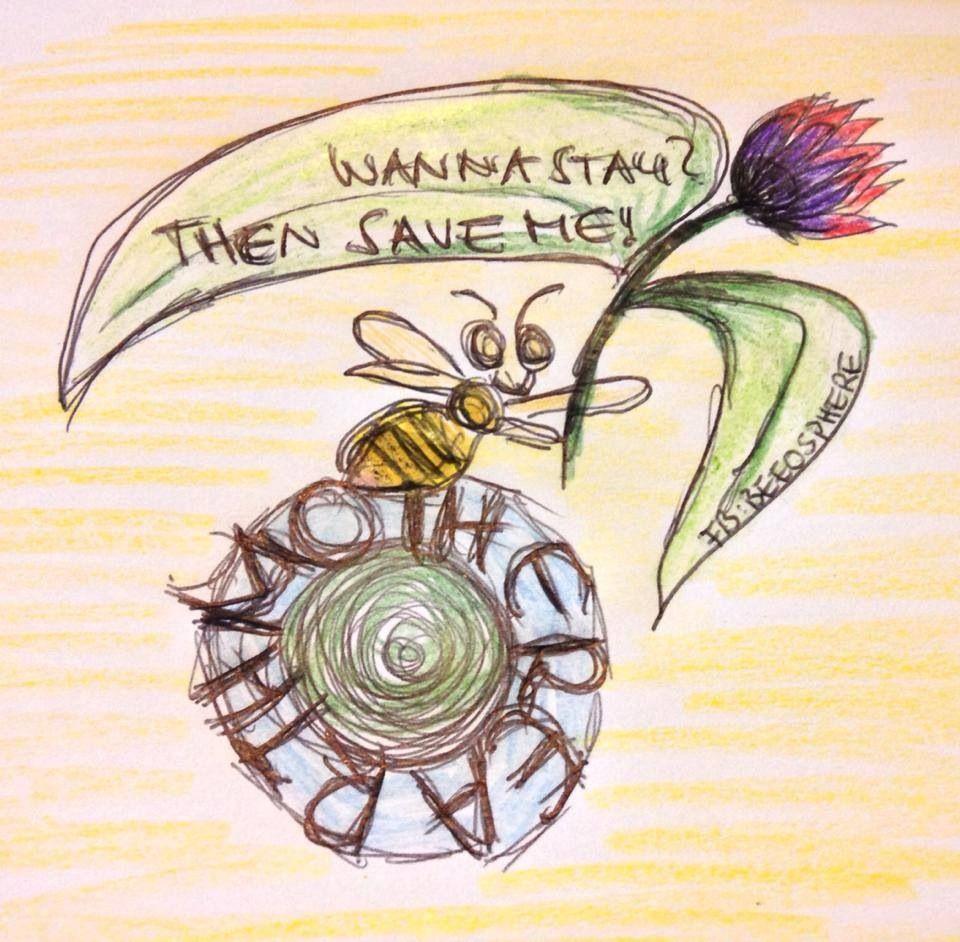 | 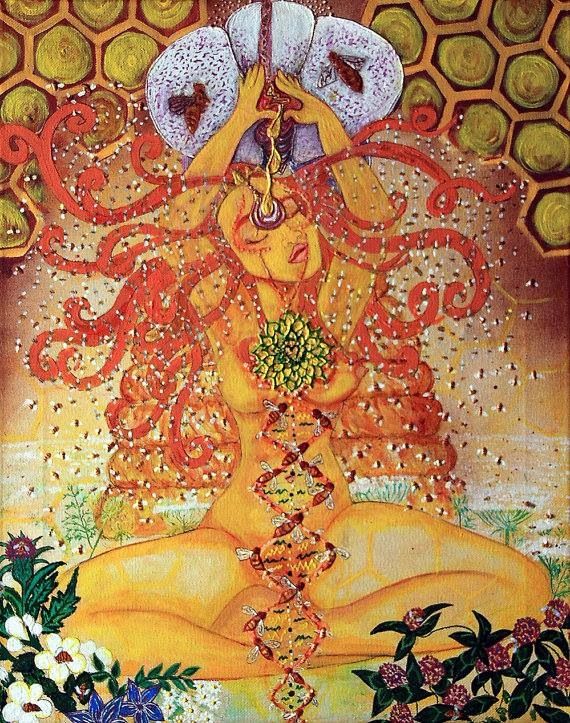 |

No comments:
Post a Comment